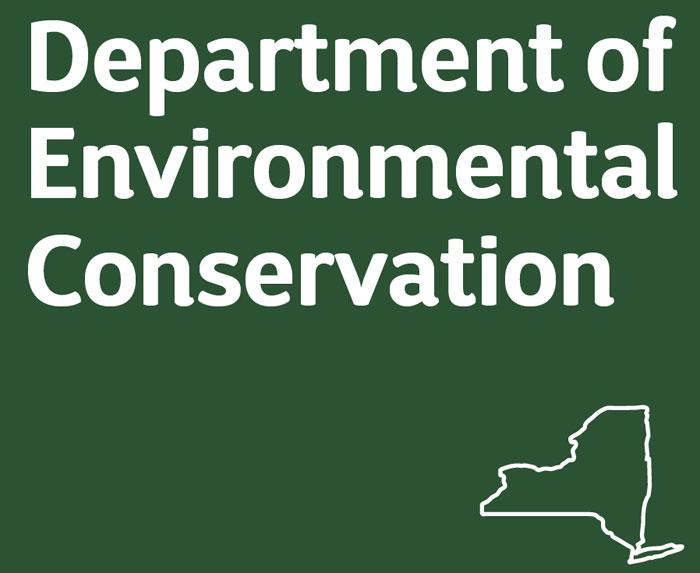CATSKILL PARK – The State Department of Environmental Conservation is working to help protect natural resources by identifying management solutions to address the adverse impacts of the expansion of informal trail networks on Catskill High Peaks (over 3,500 feet) previously considered to be ‘trailless.’
Informal trails created over time are having an impact and consistent with the Catskill Strategic Planning Advisory Group’s preliminary recommendations to address increased public use in the region, DEC is seeking public input in this preliminary stage of management plan development.
“DEC is conducting a multi-year monitoring effort that is already identifying management concerns on many of these Catskill High Peaks,” said Commissioner Basil Seggos. “DEC will be working outside of the conventional unit management planning process to develop a single document that will outline intervention strategies to help address adverse impacts in multiple areas as quickly as possible. We will be providing a variety of opportunities for public participation, including a public information session in the fall once the 2022 field monitoring season is complete.”
The DEC says Informal trails are unplanned and can have many adverse impacts on the landscape. They are often very steep to cut the distance between two points and there are typically many duplicate routes in the same area. Some of the negative impacts of informal trails include loss of native vegetation, soil compaction, erosion, forest fragmentation, and introduction of invasive species into interior forest habitats.
These informal trail networks are especially harmful in high peaks as they can impact the breeding behavior and nesting success of endangered or special concern mountain birds that rely on these peaks as critical habitat. DEC also identified numerous locations where informal trails trample vulnerable populations of rare, threatened, and endangered plant species.








